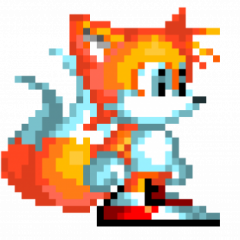Sign in to follow this
Followers
0

Featured Review #55: Portrait in Rock ‘n’ Roll by ウワノソラ'67 (uwanosora’67)
By
fitear1590, in Reviews
7 members have voted
-
Recently Browsing 0 members
No registered users viewing this page.